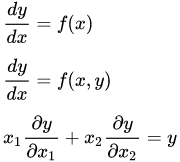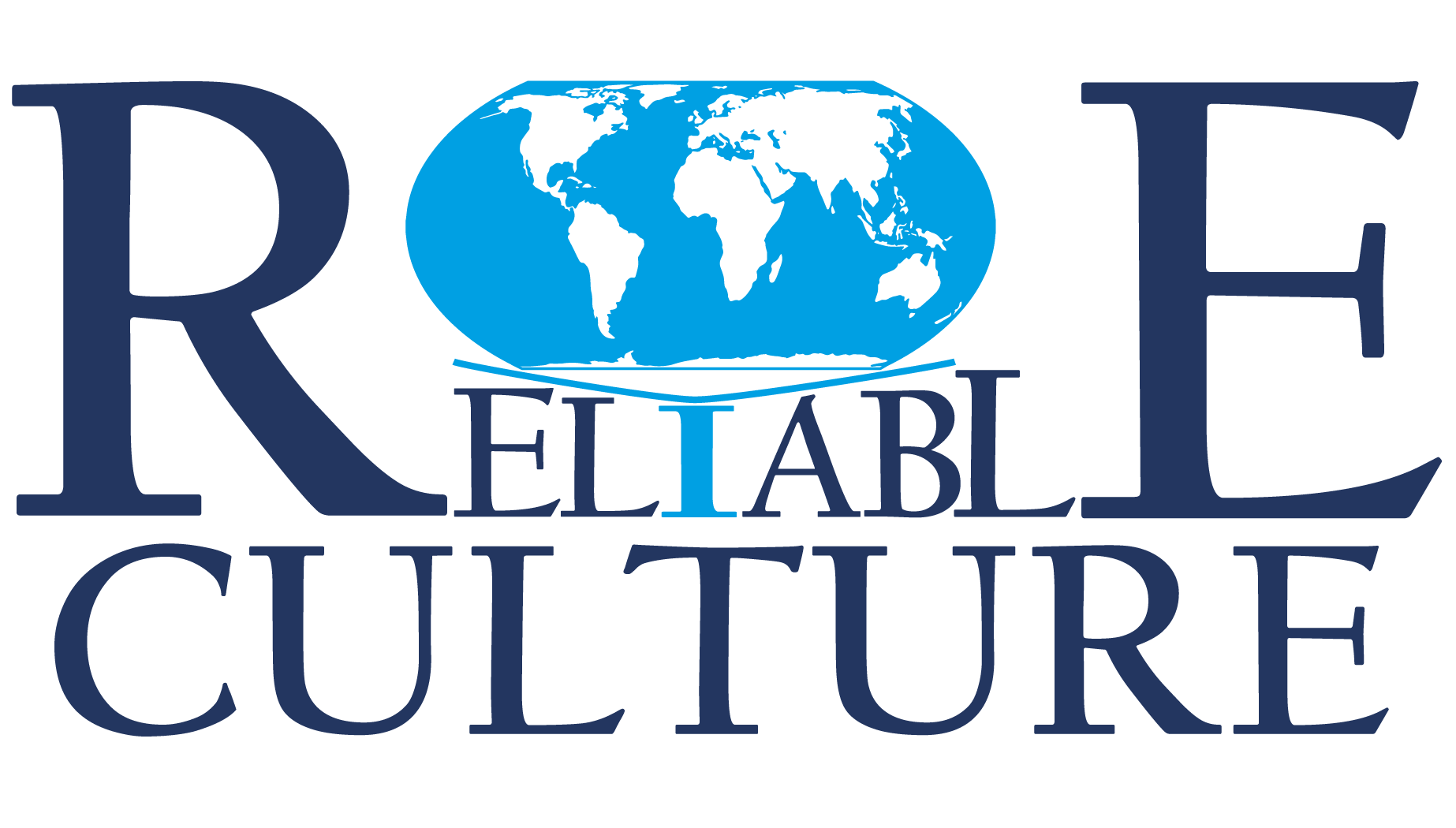
I know. On the surface, it looks like these two paradigms have nothing in common.
Let me show you why it is CRUCIAL to have at least a basic understanding of Calculus and Differential Equations in order to deliver State of the Art Organizational Transformations.
State of the art in our case means:
- Fast and Precise,
- Optimal and Long-lasting, and
- People feel “increments” of the improvement right away and continuously throughout the process.
Differential equations were invented as a way to understand (and get under control) things that depend in a continuous manner on other things, by looking at the little changes in their behaviors or output.

- A simple example would be reaching the office by car every day in the same amount of time, maybe also with a decently low gas consumption. Is the time always the same? Is the gas consumption always the same? Probably not. The important time variable here, ETA, is a differential equation of distance that is depending on your speed. This speed most probably changes throughout the journey according to the traffic conditions and the environment, and by controlling it you have an impact on your ETA, being able to compensate for the disturbances coming from the environment. Adding also the importance of Safety or Traffic Etiquette (non existing in some cultures) would increase the complexity of the process but will bring it closer to reality.
- Physics and Calculus might be boring for some, so let me explain directly how this paradigm of differential equations matters for Organizational Transformations. It matters because the Results and the KPIs of your business are depending on many factors in a continuous manner, including vague factors like the engagement of the employees, their motivation, their alignment to the business’ goals, and so on. All of these vague factors are further dependent on more tangible factors like compensation, physical work environment, long or decent hours, training possibilities, and other less tangible factors like work atmosphere, management philosophy, or a coherent communication strategy.
- The best way to understand the value of using the paradigm of differential equations in Organizational Transformation is to give an example of NOT using it, and that is to apply LINEAR thinking to a complex corporate process. Here is a mistake that happens every once in a while in an organization: a manager wants their people to be more motivated. They know that money motivates people, hence, they increase the compensation of their people and their people will be more motivated, right? Wrong. Money is just a hygenic factor and it might motivate people for one or two months, but after that, the practice shows that the effects of the salary increase are gone. Does this mean that the manager should increase the money every month? Something like a monthly bonus system? No, but sometimes Yes. Yes, if their employees’ level of engagement is really low, or if the nature of the work is as such that it could make sense to do so for a short period of time (like 1-2 years), but No, if the manager wants to go beyond that type of motivation, and be able to access their professionals’ unlimited creative capacity and energy. In that case, we have to go even beyond differential mathematics and move into using the paradigm of Complex System evolution and (self-)regulation. In a future article, I’ll touch on how to use the paradigms of System Theory and Process Regulation to change in a simple manner an organization, by improving the less tangible factors like work atmosphere, or collaboration, with the help of aligning the management philosophies, for example. What is important to highlight here is that thinking linearly is very comfortable but it doesn’t work with a complex system such as an organization. Understanding Differential equations and continuous complex processes will allow us to at least evaluate how the process will actually require continuous involvement from our side if we chose such a path.
- Here are other unfortunate examples of thinking LINEARLY in the field of Organizational Transformation: the transformation agent found out that people are stressed out by the managers, so they added a Friday brunch with the GM and hope that this will solve the issue (in some cultures this backfires right away). The transformation agent found out that people are psychologically burnt out, so they recommended them to do meditation and sport (this works only theoretically, in the same manner in which “doing sports only theoretically” helps). The agent found out that departments don’t work well together, so they recommended them to do team-building together. All of these examples can work, and did work, but for sure will not work if the root cause is not understood and hence not addressed. All of these solutions can and will backfire if the manager uses the comfortable Linear thinking and reapplies them superficially without understanding the tendencies their professionals have in their Actual Organisational Culture, and further the need for their constant interference in the process if that path is chosen.
If you want to stay updated regarding such articles, Subscribe below to our Newsletter!
So how does the paradigm of Differential Equations help with State of the Art Organizational Transformations?
In ReliableCulture, we start by doing a precise System Identification of the Organization with a researched and validated instrument on Organizational Culture, and because we understand the tendencies the professionals might have when working together, both because of their Actual Organizational Culture, and because of their National Culture programming, we can estimate the impact various practices will have on them getting more aligned to the business needs. When needed, we are also facilitating the creation of totally new practices (non-existent yet in another organization) that will help them in their particular situation, with their particular organizational challenge that we have identified in our diagnosis. Further, we can estimate that even though a particular change might look good (like brunch with the GM and the de-energized team, which as a parallel to our initial example of driving to the office, could be like speeding up on a straight road to improve your ETA), by understanding the context of the Actual Organizational Culture and of the National Culture, we can advise to take it slower and wiser (for example, unofficial lunches with informal leaders from the organization, which in the parallel example of driving to the office could be to take into consideration the rain outside or the fact that you’re passing through an inhabited area). This driving to the office example, allows me to ask the following question: isn’t this an interesting example especially during these times when work from home is reigning? I’ve chosen this particular example in order to emphasize the fact that some companies are caught up in their daily, or yearly habits so much that they become blind to evaluate the fact that some of these behaviors or systems are simply outdated and have become obsolete because of the current changes in the environment. Nevertheless, we put light on this wasted energy as well.
If you want to get a “taste” of the value of using the paradigm of “differential equations” in State of the Art Organizational Transformations, let’s start small and safe with a 75 minutes Organizational Diagnosis for one of your possibly more uncomfortable departments.
If you don’t see results or are not satisfied with the outcome in 30 days, we guarantee your money back.

0 Comments